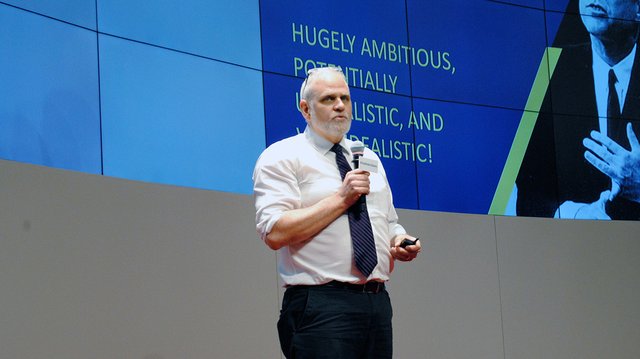
With prosecutions on the rise, multi-national businesses can no longer cry ignorant when it comes to weak, supply chain governance. According to Hong Kong-based Mekong Club CEO Matthew Friedman, Modern Day Slavery is a global issue that requires a collective goal – and if the abolishers of slavery from the 1800s could mobilise to effect change, so too can big business.
By Joanne Leila Smith
Of the three Palermo Protocols adopted by the United Nations to supplement the 2000 Convention against Transnational Organized Crime, the ‘Protocol to Prevent, Suppress and Punish Trafficking in Persons, Especially Women and Children’ informs key indicators of modern slavery across jurisdictions.
According to Enodo Rights and Liberty Global | Liberty Asia’s Report ‘Modern Slavery Governance: Basics for Boards’ (2018) a specific part of this protocol accurately represents the kind of Modern Day Slavery we are seeing today, specifically –
“The recruitment, transportation, transfer, harbouring or receipt of persons, by means of the threat or use of force or other forms of coercion, of abduction, of fraud, of deception, of the abuse of power or of a position of vulnerability or of the giving or receiving of payments or benefits to achieve the consent of a person having control over another person, for the purpose of exploitation.”
According to the 2018 Global Slavery Index, an estimated 40.3 million men, women, and children were victims of modern slavery on any given day in 2016. Of these, 24.9 million people were in forced labour and 15.4 million people were living in a forced marriage. Women and girls account for 71 percent of victims. Modern slavery is most prevalent in Africa, followed by the Asia-Pacific region.
The total at-risk products imported by G20 countries represents USD 354 billion in trade; the top five products at risk of modern slavery imported into the G20 include: fish (USD12 billion), cocoa (USD3.6 billion), sugar cane (USD2.1 billion), garments (USD127.7 billion) and electronics (mobile phones, laptops and PCs) which represents a staggering USD 200.1 billion.
After attending the Modern-Day Slavery Summit in Hong Kong in August 2018, we asked one of the key-note speakers, an internationally esteemed expert whom has dedicated the past thirty years to combat Modern Day Slavery, Mekong Club co-founder and CEO Matthew Friedman to explain why Modern-Day Slavery is only starting to get the attention it deserves in the global community and how slavery became big business.
“Modern slavery has always co-existed alongside what was once legal slavery around the world. Once legal slavery was outlawed, no one paid attention to the category that we call modern slavery because the people involved are at the lowest end of the socio-spectrum. Modern Day Slavery was initially called Human Trafficking. The only reason human trafficking became a thing was because of HIV aids. During my eight years working as a reproductive-health adviser in Nepal under USAid [United States Agency for International Development] in the early 1990s, we would go into brothels to discuss condom use and the women would tell us their stories. We were hearing accounts of excessive exploitation where girls as young as 11, were being tricked or forced into prostitution. Gradually over time, as the paradigm of human trafficking was being developed, Aid workers who tracked forced labour victims thought this was similar to what they were witnessing, so both branches combined into the category of human trafficking. Trafficking was the initial terminology because movement was associated with it. But gradually it was understood that it’s not the movement that is the issue but what the victims move into, the exploitation. The closest English word to describe excessive exploitation where a person can’t leave and has no pay is slavery, however, when people hear that word they think of the master/slave relationship of 200 years ago, so we call it Modern Day Slavery,” says Friedman...
...to read more, visit https://indvstrvs.com/modern-day-slavery-a-private-sector-challenge/